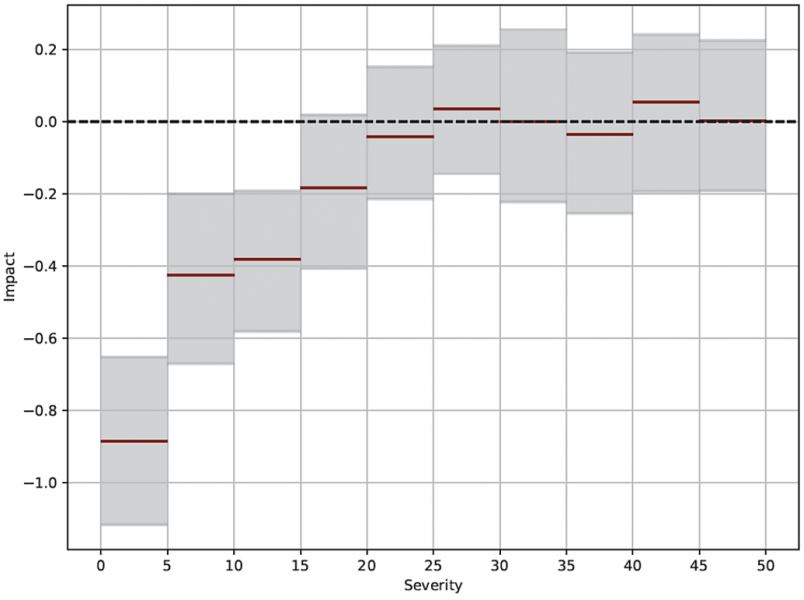Xiaochuan Xing joined Balyasny Asset Management L.P. (Greenwich, Connecticut) as a global-macro trader after receiving his Ph.D. in economics from Yale University, where his research focused on macro-finance and the leverage cycle under the supervision of John Geanakoplos. Previously, he worked as a Ph.D. fellow at the Bank for International Settlements, interned multiple times at the Global Fixed Income fund of Citadel LLC, and was selected as an Adam Smith Fellow by the Mercatus Center and the Liberty Fund, Inc. His research has been published in academic journals such as the European Economic Review, the Australian Economic Papers, the Economics Letters, and the International Journal of Economic Theory.







